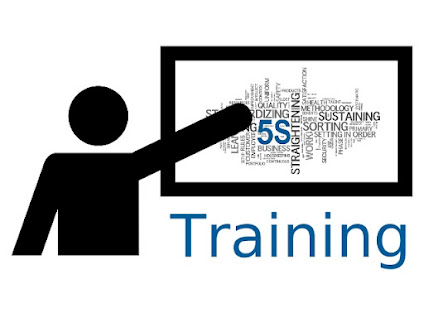SPC for Small Businesses: A Practical Guide to Implementation
Small businesses are increasingly turning to Statistical Process Control (SPC) as a way of improving their processes and increasing efficiency. SPC is a quality control tool that monitors, measures, and analyzes data from production processes to identify areas for improvement. It can help small businesses detect problems early on before they become too costly or difficult to fix. Implementing SPC in your business requires careful planning and training; this guide will provide you with the practical steps needed for successful implementation of SPC at your small business.
The first step towards implementing
an effective SPC system is understanding the basics of how it works: what it
does, why it’s important, and how data should be collected and analyzed
correctly so that meaningful insights can be gained from them. To gain this
knowledge, you may want to consider investing in some form of formal SPC training, such as an online course
or attending workshops/seminars held by industry experts who specialize in
process improvement techniques like Six Sigma or Lean Manufacturing principles,
which use many elements similar to those found within an effective statistical
process control program. Additionally, there are plenty of books available on
the subject matter if you prefer self-study methods instead!
Once basic concepts have been
understood, you’ll need to decide which type(s) of charting method best suits
your needs - whether it's X-Bar & R Charts, Pareto Analysis charts, etc. –
and then begin collecting relevant data points related specifically to each
individual manufacturing/production process being monitored via these tools.
The next phase would involve analyzing these datasets using appropriate
software packages designed specifically for carrying out statistical analysis
workflows, such as Minitab, JMP Pro, etc.; which allow users more flexibility
when exploring trends within their datasets compared with traditional manual
methods used previously prior to digital technology becoming readily available.
Also Read: Process Capability Training
After completing all necessary
calculations required by chosen chart types selected earlier during setup
stages mentioned above, the user will now have enough information gathered over
time, allowing them to make informed decisions about any changes needed going
forward regarding product quality levels being maintained consistently
throughout production cycles taking place regularly at company premises moving
forwards into future periods ahead!




Comments
Post a Comment